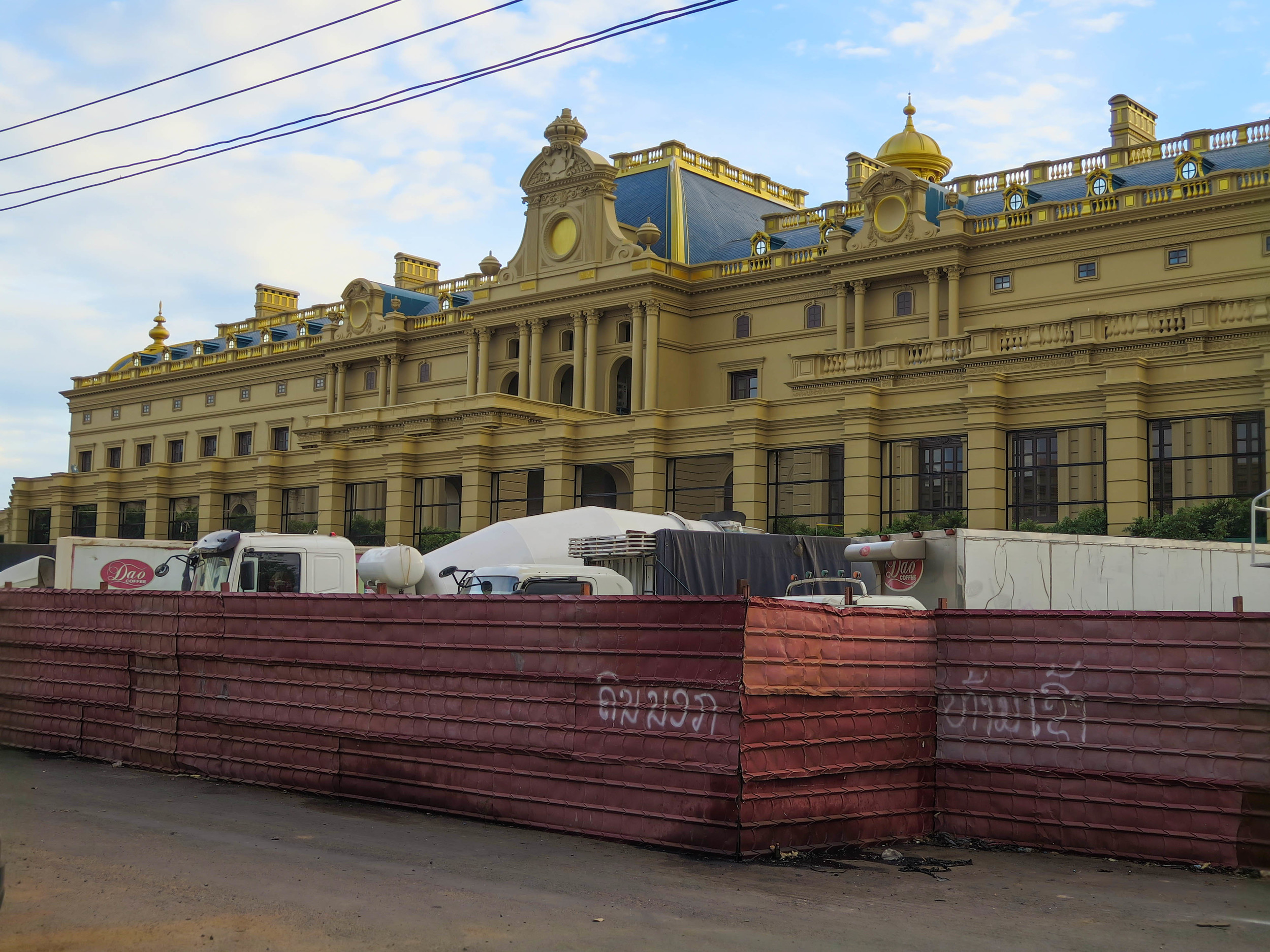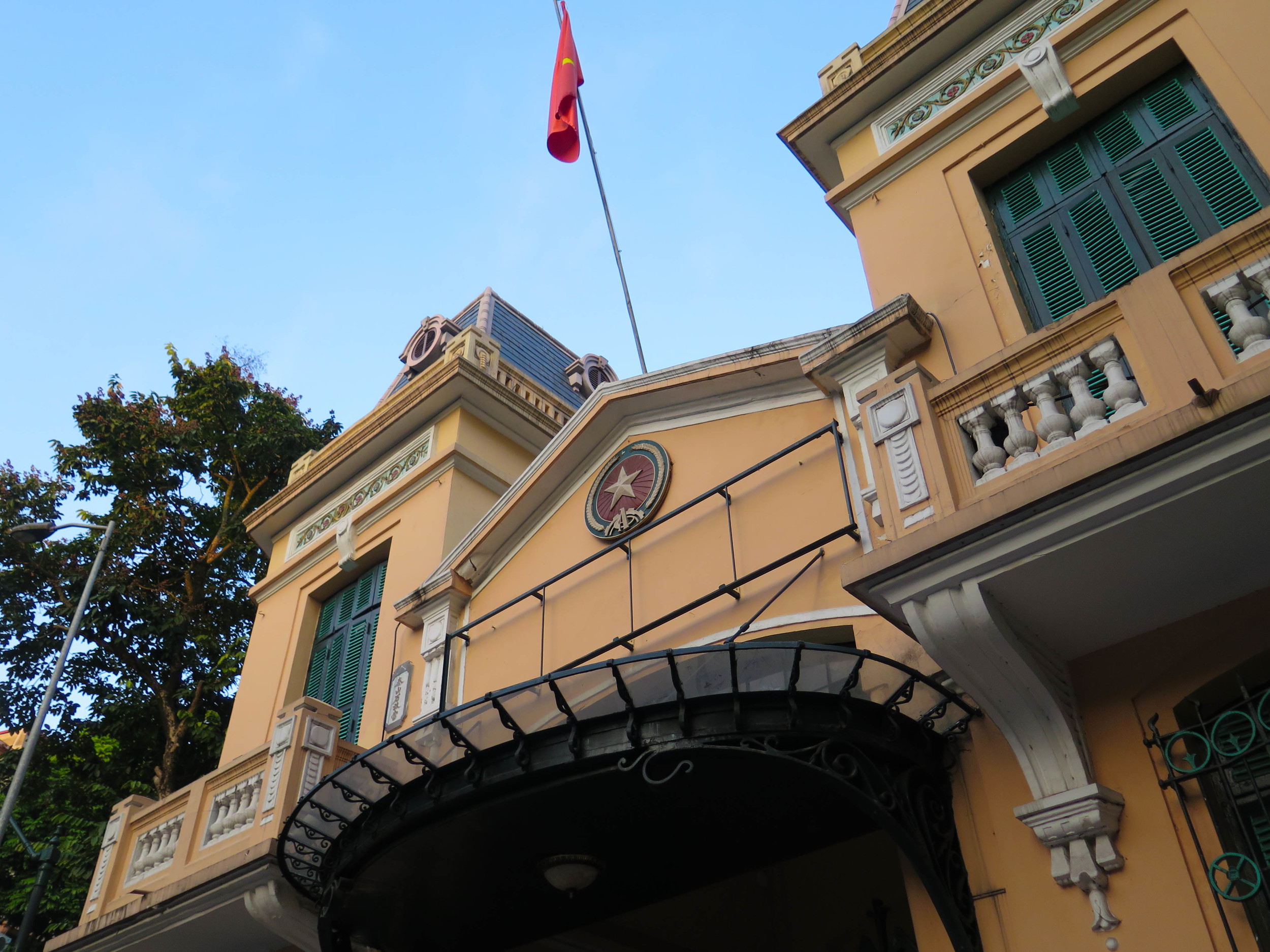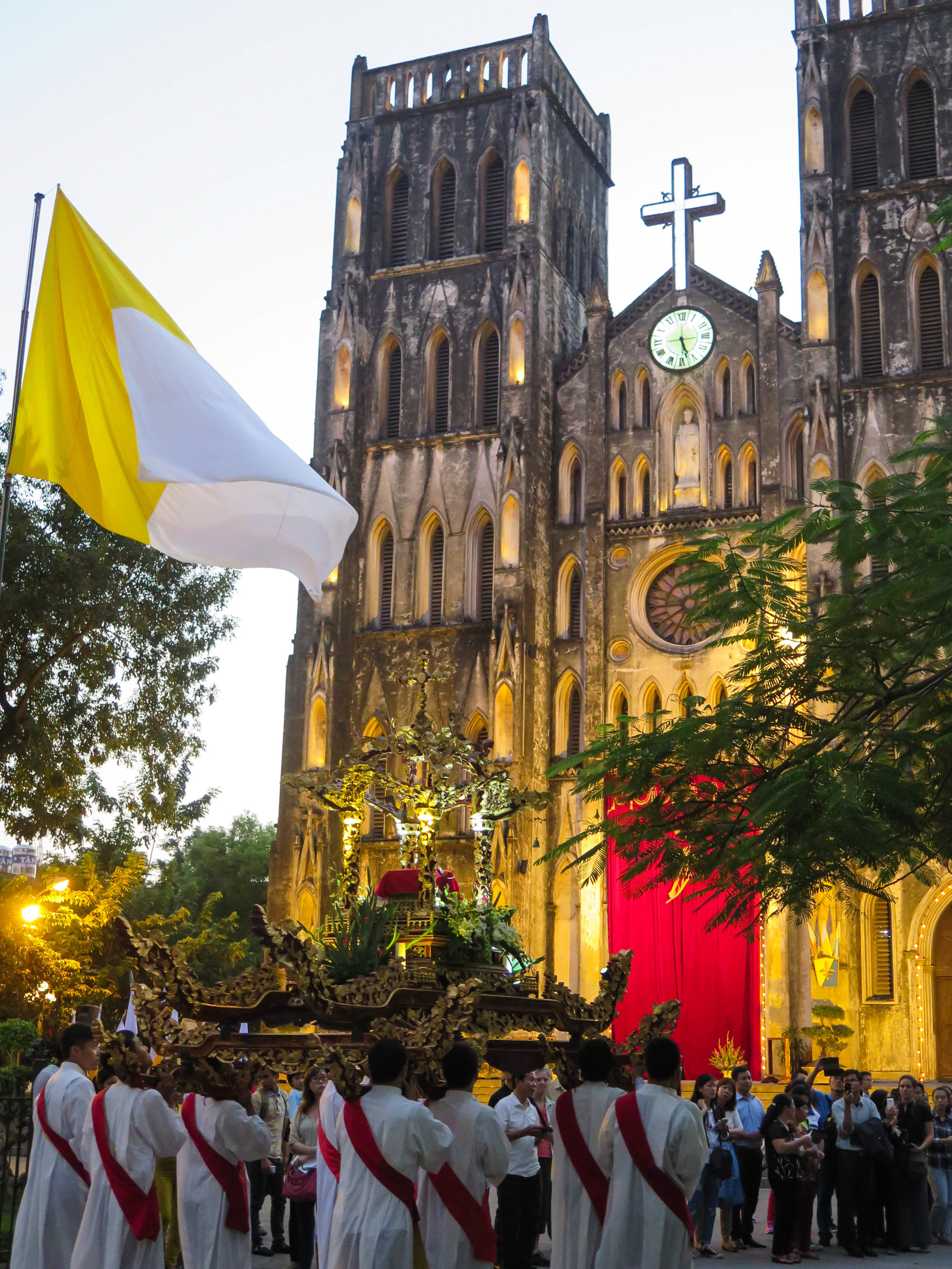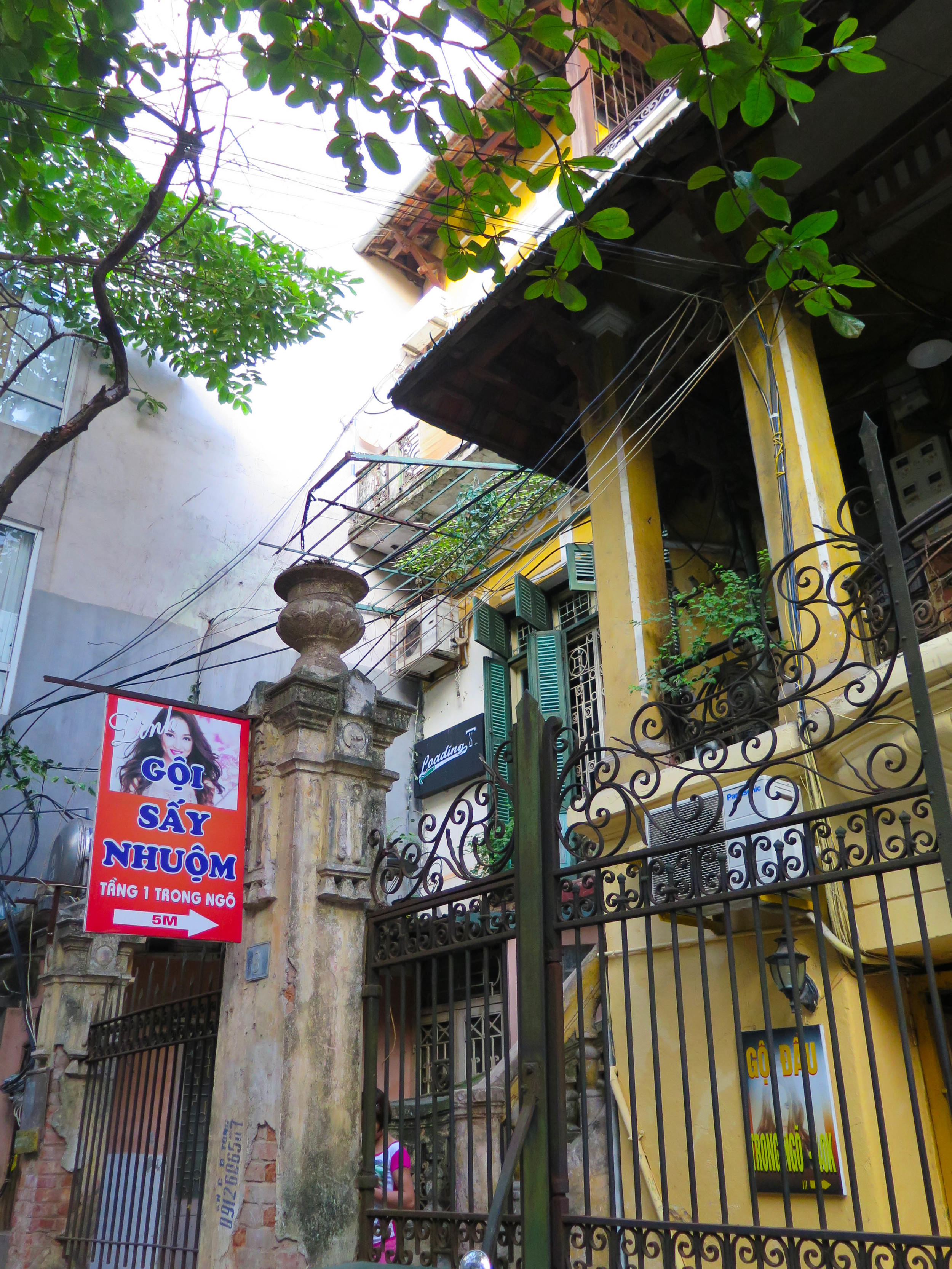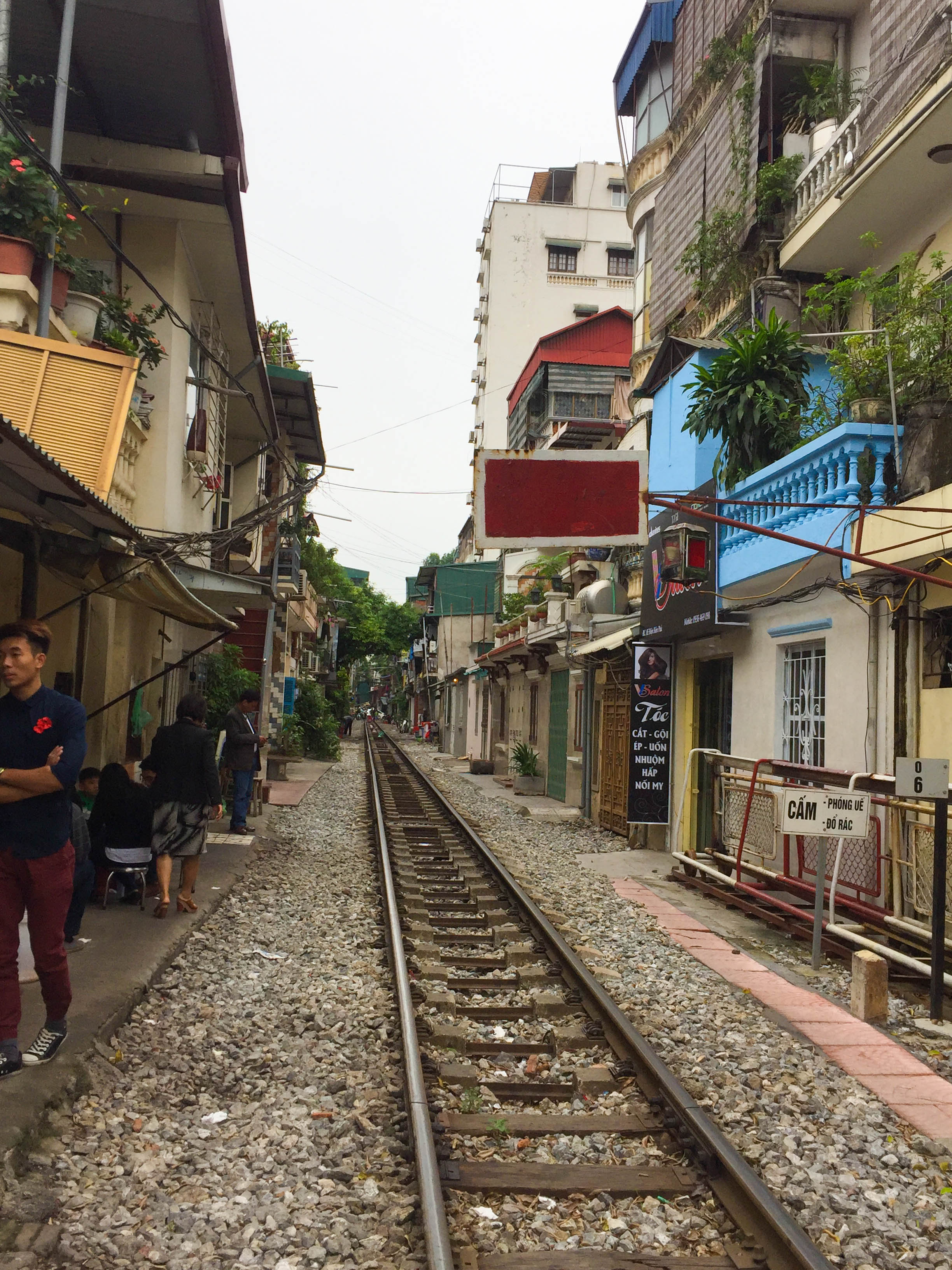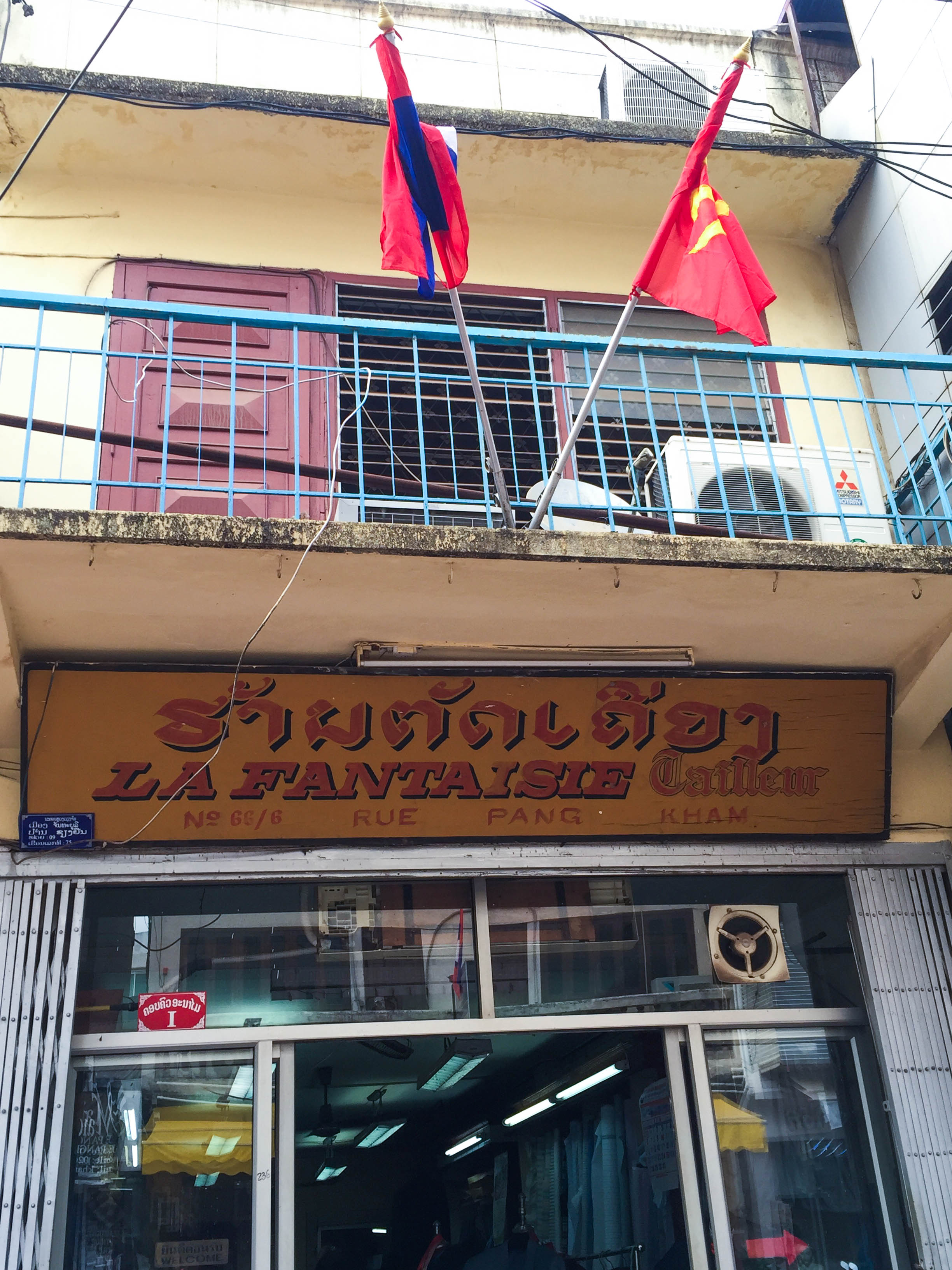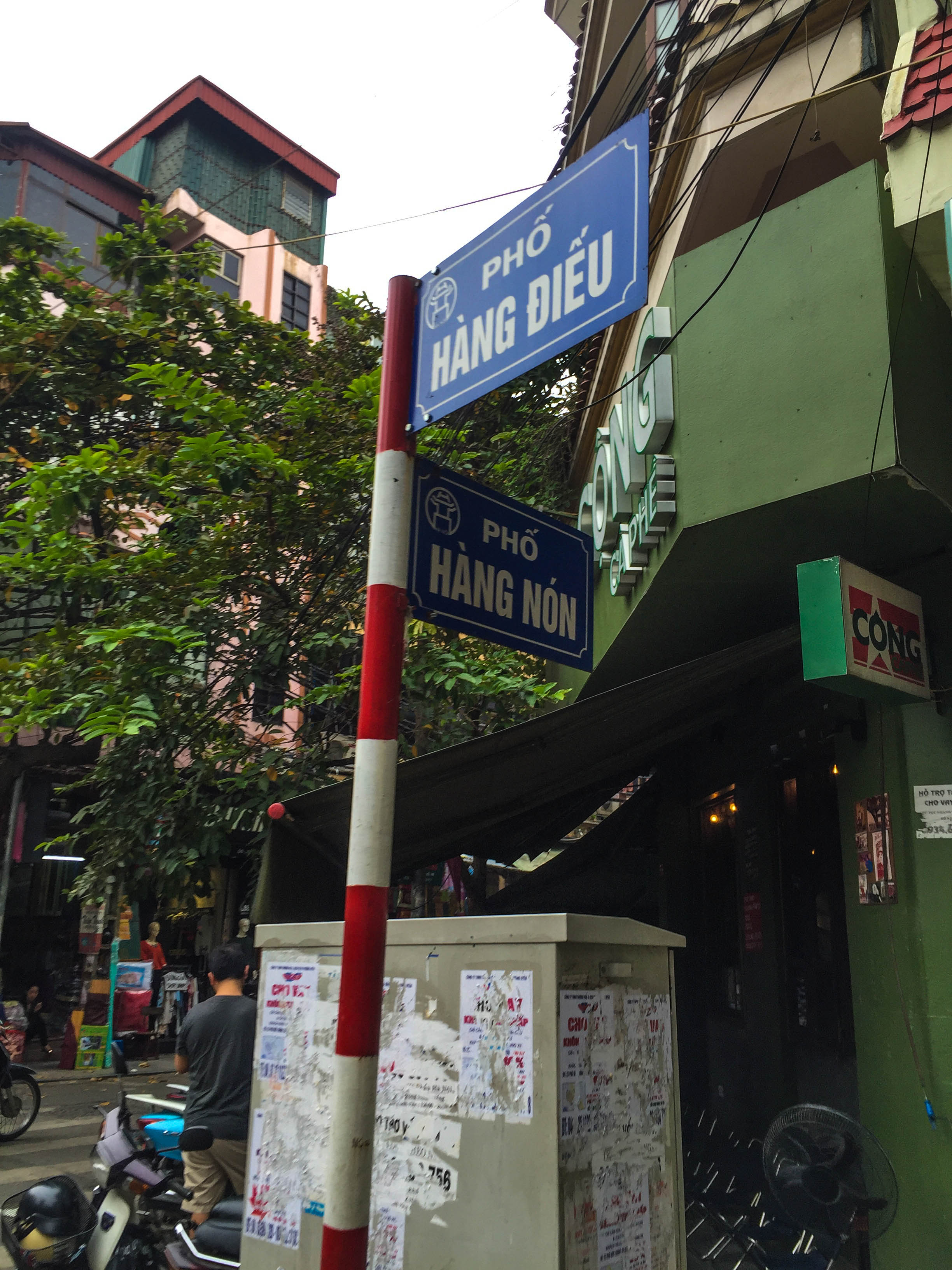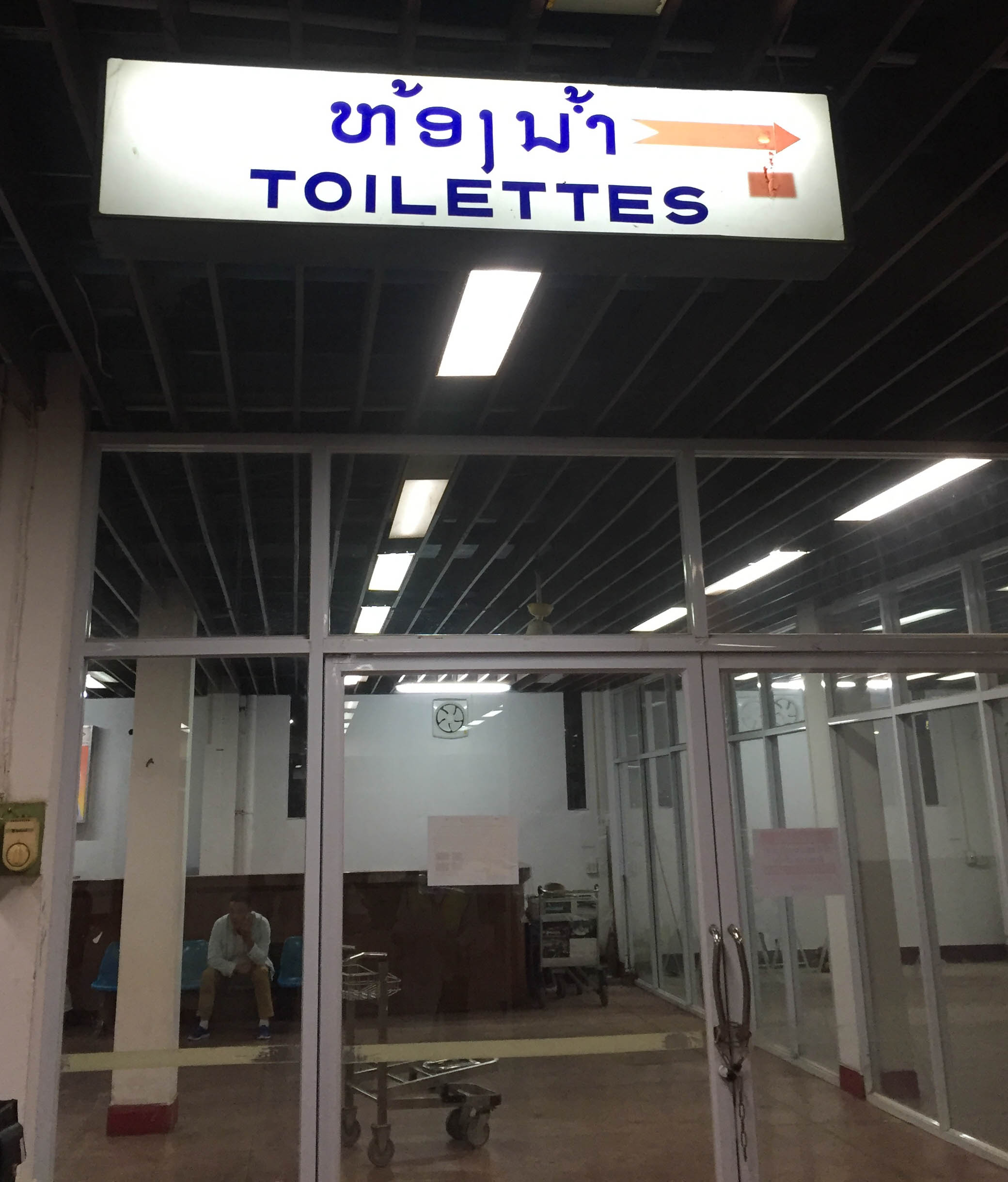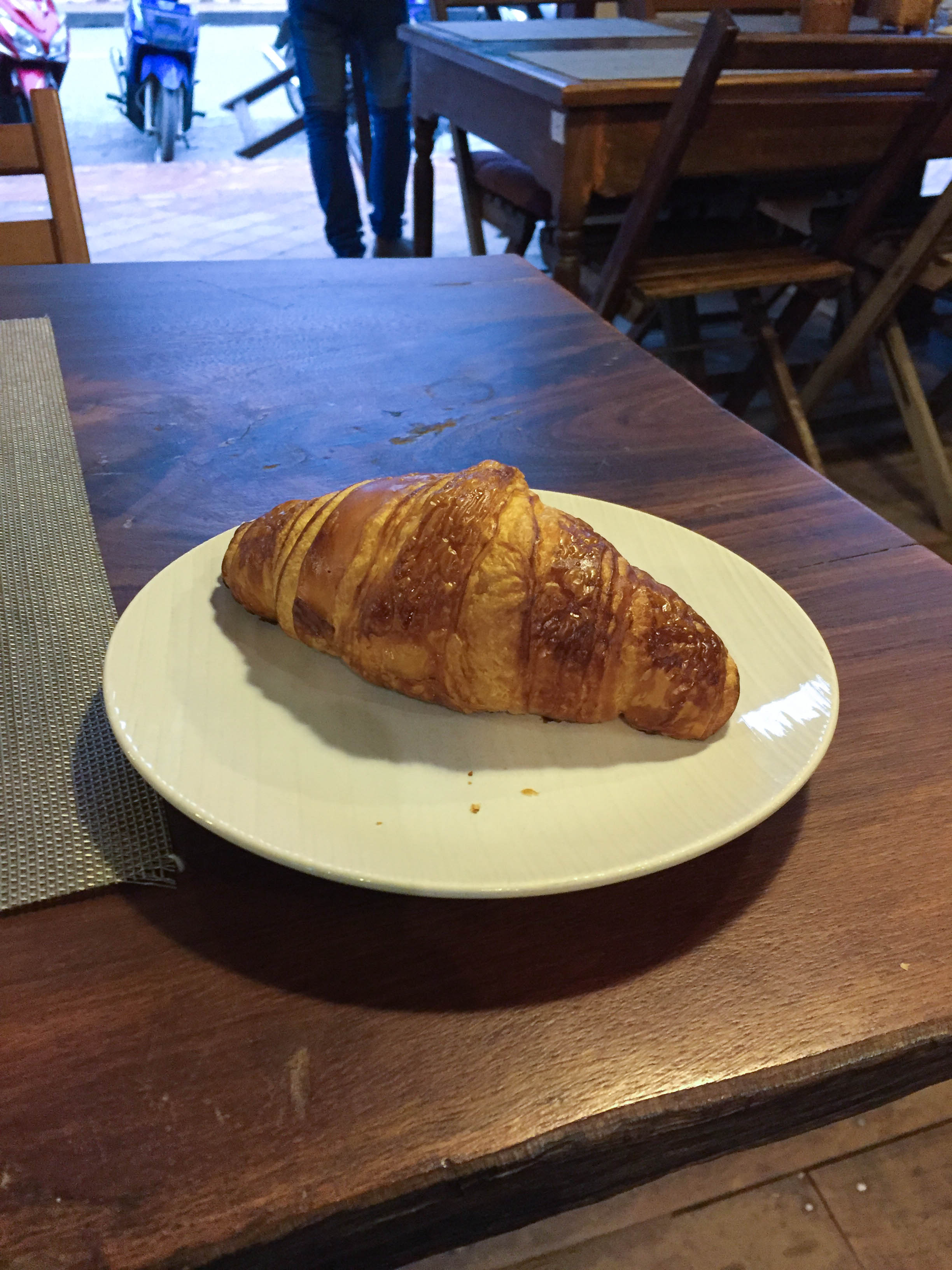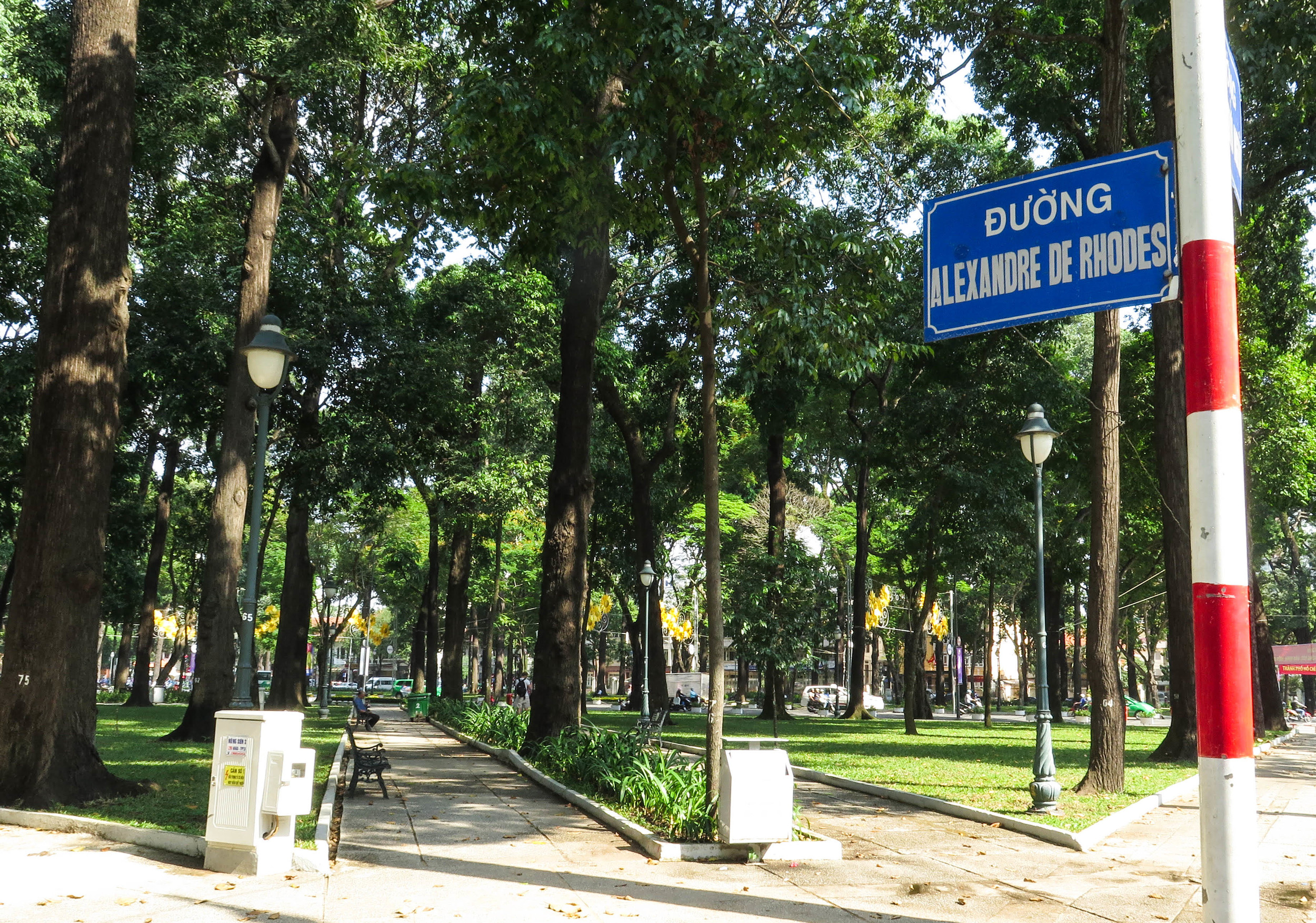Reflections on the Vestiges of the French en Indochine
As some of you know, I chose to visit Vietnam, Cambodia and Laos because of their history as French colonies. With experience in France and much study of French and French history I wanted to see what vestiges remain of this colonial past. The short answer? Not a whole lot, and yet, so much.
In 2014, only 3% of the Cambodian and Laotian populations spoke French. In Vietnam, that number was a mere .7%. The few francophones I met in the region were octogenarians. The three countries remain members of the International Organization of La Francophonie though.
However, these numbers don’t do justice to the subtle remnants of the empire you can find if you pay attention. First of all, French is used disproportionately in store and restaurant titles, and you can find good to fabulous French food in all of these countries. Then there are the embedded legacies, like architecture, the bread, condensed milk, the roundabouts and grands boulevards, sporadic French blue house number tiles, railway infrastructure and, of course, the vibrant community of French expats. As one Frenchman I met working in Phnom Penh said, “we French like to be where we think there is French. Generally we’re not great at learning English, so we drift towards our own culture.” When I asked if he has used his French much in his three years in Cambodia he responded with a sheepish grin, “mostly with other French people.”
Perhaps to this expat’s chagrin, since the 1990s English has actually supplanted French as the second language to learn in the region. In 1995 Cambodian engineering students held dramatic protests against mandatory study in French, burning effigies of “The French.” The three countries joined ASEAN (an organization that only uses English) between 1995 and 1999. A 1993 New York Times article explored this trend and the French government’s plans against it: “Aware that it has slipped badly in Indochina, the French government is seeking to increase the economic and cultural presence of France in the region.”
I found this most obviously in museums and restored archaeological sites, from Hanoi’s Museum of Ethnology to the Temples of Angkor, where you often find signs reminding visitors that the French government helped fund restorations. When Luang Prabang, Laos was named a UNESCO World Heritage site, various levels of the French government and the EU sponsored a partnership with Chinon, France because of the “amazing similarity of these two ancient royal capitals.” Chinon has since imparted some of its conservation and culturally-conscious development expertise to Luang Prabang as the charming Lao city struggles to preserve its heritage without hampering growth.
Similarly, in 2004 the French government organized a three-year project on museum architecture and museology in Vietnam because, according to the Consulate in Saigon’s cultural attaché, “The Ministry of Culture and Information is very concerned about Vietnam’s international image.” (Schwenkel 159). Regardless of present projects, culture will always be a major component of France’s historical legacy in Vietnam. France established the country’s first school of fine arts, Hanoi’s École Supérieure des Beaux Arts de l’Indochine in 1925.
And then there is, in my opinion, the modern Vietnamese written language. Before the European missionaries landed, written Vietnamese consisted of characters, like Chinese. Building on the work of earlier Portuguese missionaries, Frenchman Alexandre de Rhodes took it upon himself to officially “Romanize” the language and published the first Vietnamese-Latin-Portuguese dictionary in 1651. This new language, known as qúoc ngú or national language was exclusively adopted after liberation from the French (ironically enough), but retains traces of its transcriber's native language in the spelling of certain words (Điện Biên Phủ anyone?) and in the meanings and phonetics of others (cà phê for one…). While by no means a linguist, I was constantly struck by Vietnamese words that looked and sounded almost French. Coincidence?
So what is the legacy? On one hand, some could argue, as in the words of this French-educated Cambodian Prince: “There is no more French influence in Cambodia. The French try to keep a presence through the French institute, but it’s just the way to spread the French culture and to preserve French interests.” On the other, you can find evidence of the French woven into Indochinese societies almost everywhere, if you’re looking for them.


